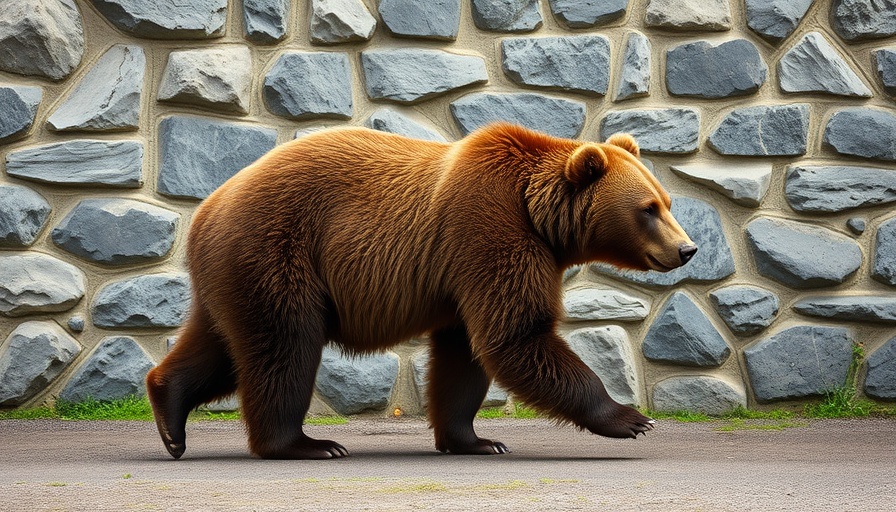
Closure of Long Island's Holtsville Zoo Marks a Turning Point for Animal Welfare
The Holtsville Ecology Center, Long Island's largest zoo, is set to close its doors after more than four decades of operation amidst continuous allegations of animal neglect and abuse. Town officials in Brookhaven have confirmed this decision, declaring that the zoo will cease operations by March 2026, marking an end to a chapter fraught with controversy and distress for the creatures who resided there.
Widespread Allegations and Numerous Complaints
Reports about the zoo's mishandling of animal care have drawn increasing scrutiny over the years. Allegations include incidents of animals dying due to neglect — a mountain lion reportedly drowned, and many other creatures suffered undiagnosed ailments. The heartbreaking case of Honey the bear, who lived in cramped conditions and experienced chronic health issues, symbolizes a tragic pattern of disregard for animal welfare at this taxpayer-funded facility. Former employees have even come forward with shocking stories, claiming they were instructed to remain silent about animal deaths, highlighting an unsettling environment that prioritizes management over compassion.
Advocates Respond to Zoo's Closure: A Necessary Change
Animal rights advocates have celebrated the announcement of the zoo's closure as a long-overdue victory for the animals involved. John Di Leonardo, director of Humane Long Island, articulated a sense of relief and hope, stating that it has become increasingly recognized that wild animals belong in their natural habitats or within accredited sanctuaries, rather than in roadside zoos. This evolving perspective on animal rights reflects broader social changes, as communities increasingly seek to prioritize ethical treatment and conservation over entertainment. Advocates have also called for increased accountability regarding the relocation of the remaining animals to ensure they are placed in suitable environments where they can thrive.
Financial Implications: Budget Cuts or Animal Welfare?
The closure is projected to save Brookhaven Town more than $2 million annually, a fact that has sparked debates surrounding the motivations behind this decision. While some contend that budgetary constraints necessitated the closure, others accuse town officials of mismanaging funds, given their recent salary increases. This tension reveals the complexities of funding municipal facilities and raises questions about ethical governance in the treatment of animal welfare.
Shifting Perspectives: Nature Conservation's Future
This decision serves as a pivotal moment in the conversation around wildlife preservation and municipal responsibilities. With growing public awareness epitomized in the rise of vegan and cruelty-free lifestyles, there is a strong call to action for individuals to support genuine conservation efforts that prioritize the well-being of animals. Engaging with accredited wildlife sanctuaries, advocating for humane policies, and promoting sustainable practices are essential steps in this evolving narrative.
Embracing Change for a Brighter Future
As the Holtsville Ecology Center prepares to shut its doors, the message reverberates that a profound shift in societal attitudes towards wildlife protection is underway. The closure symbolizes not only an end to a troubling chapter but also an opportunity for community members to reflect on their impacts and contributions towards animal welfare. If individuals continue to educate themselves and engage with preservation initiatives, they can foster a more compassionate society. We must advocate for reforms that prevent stories like Honey’s from recurring, ensuring a better future for all creatures alike.
Let’s stand together and support real sanctuaries, choose compassionate diets, and advocate for animal welfare. The time for change is now, and every small action counts towards a larger impact.
 Add Row
Add Row  Add
Add 




Write A Comment